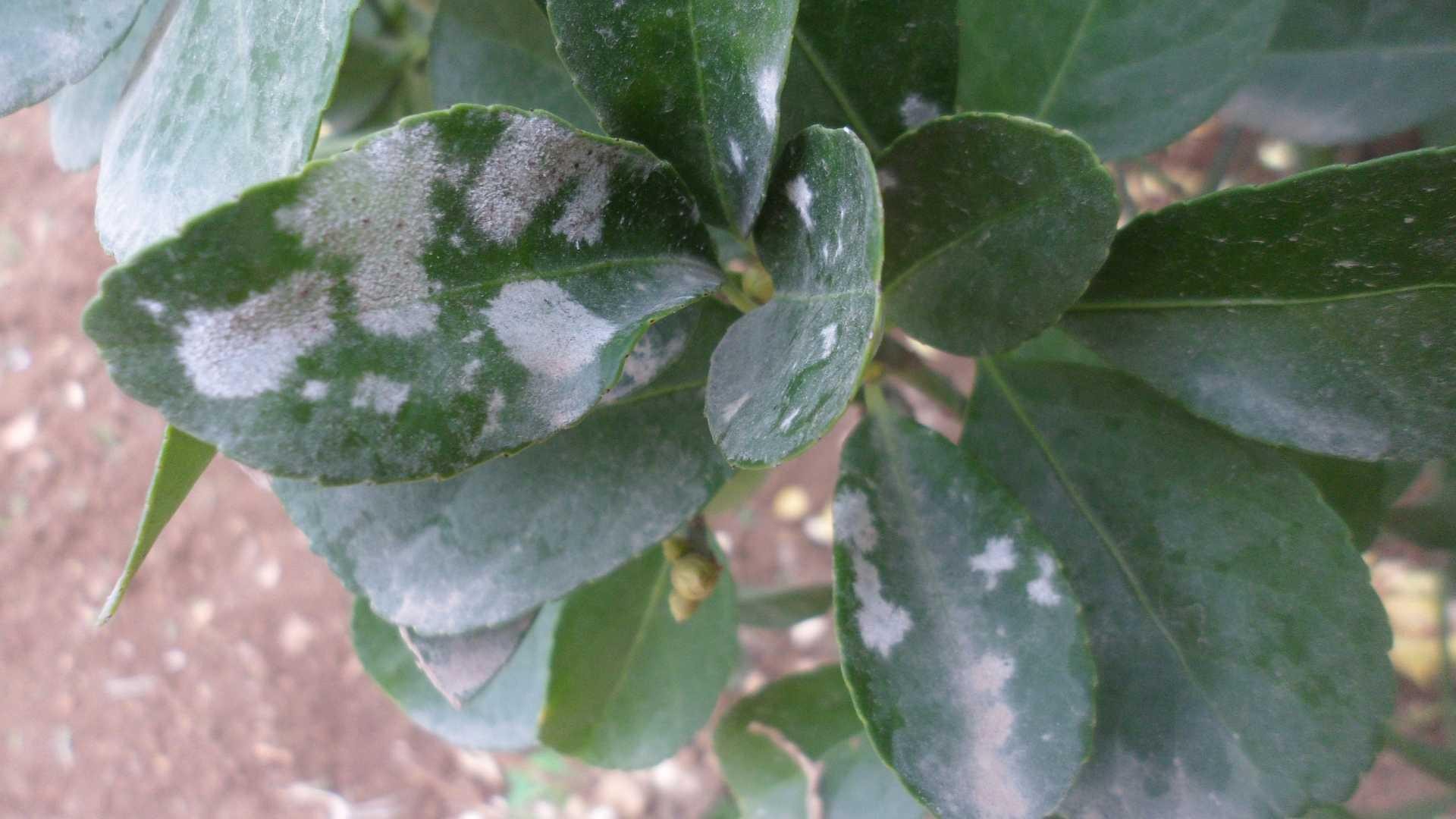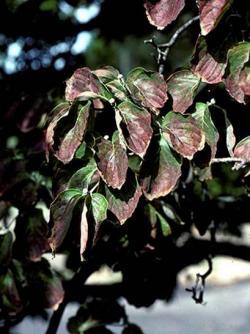Key points
- Powdery mildew is the common name for the disease and symptoms caused by a closely related group of fungi.
- These fungi grow on the upper and lower leaf surfaces, young stems, shoot tips, flower buds, and/or blossoms of plants.
- As they grow, they produce microscopic chains of spores that give infected areas their characteristic white powdery appearance.







